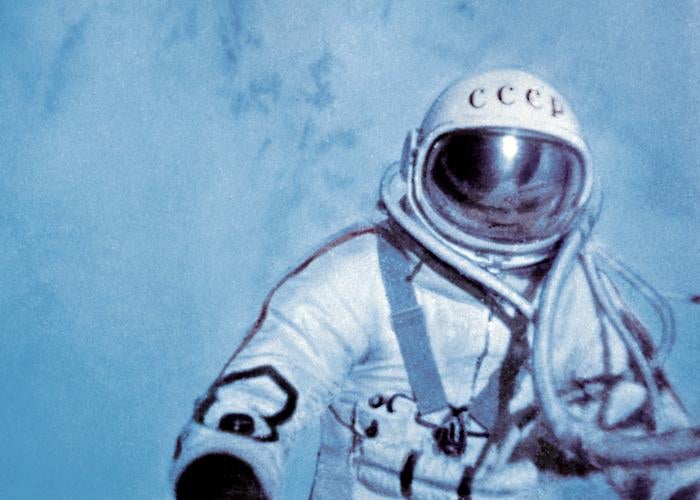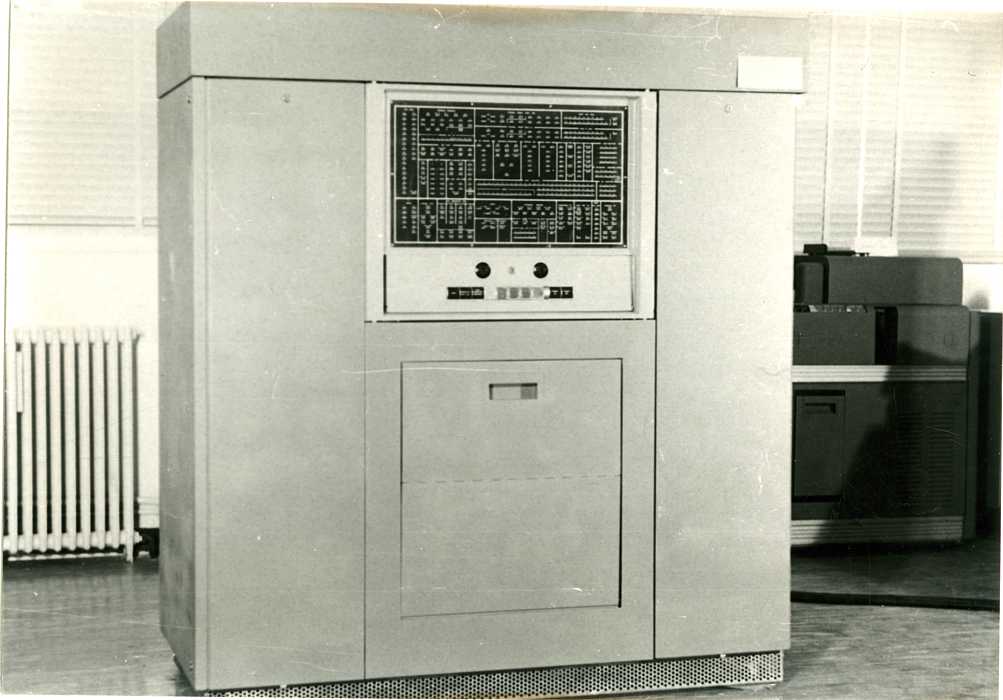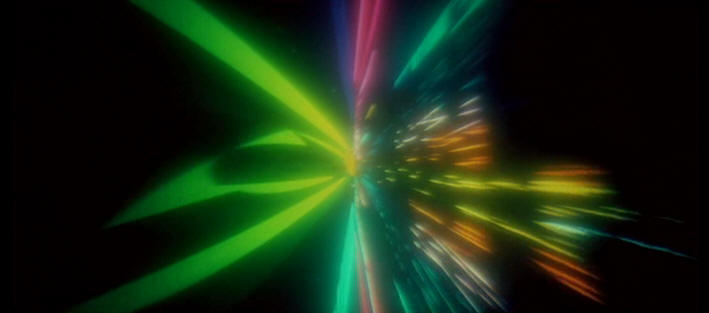''Spam in a can''
The problem of prolonged, autonomous human existence in a space suit
(USSR, 1966)
''The authors consider the feasibility of maintaining the thermal balance of a cosmonaut in a space suit utilizing only physiological perspiration. Two series of tests were conducted in a thermal pressure chamber to determine the degree of intensity of physiological heat control and the performance capacity and the general condition of an organism. On the basis of the experiments it is asserted that for a period of 3 to 4 hours a man in a space suit is able to dissipate by the evaporation of perspiration 200-220 kcal/hr of heat produced either internally or externally. Thermal load is decreased, the duration a man can withstand such condition is greatly increased.''
https://archive.org/details/nasa_techdoc_19670017246




